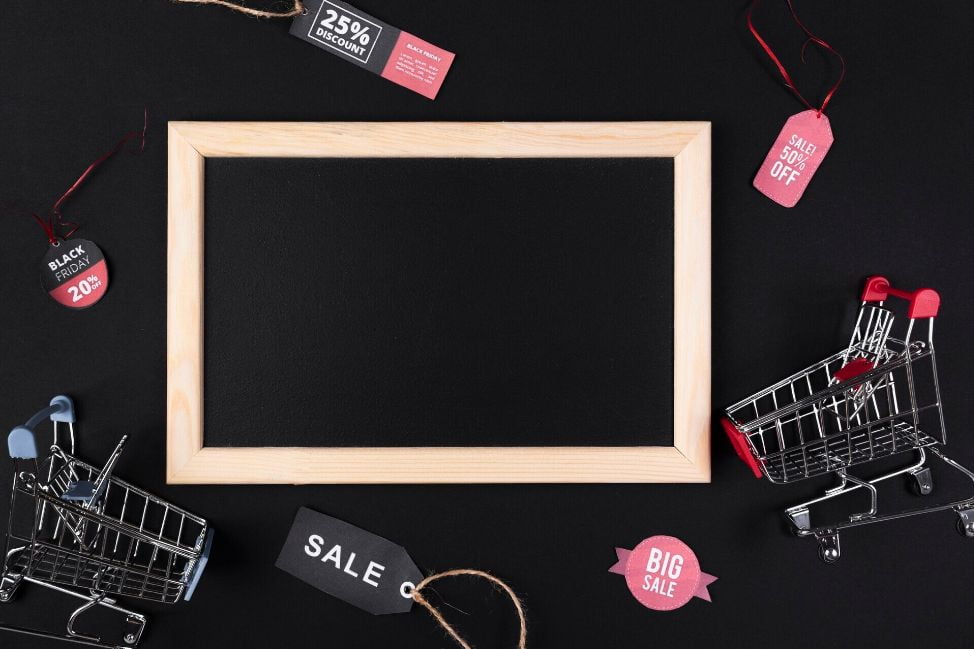Personalizing the user experience is a great way to engage your customers and drive more revenue. But, like most things in life, eCommerce personalization takes time and energy. The good news is that you can look at what other companies have done to replicate their success. By doing so, you can leverage battle-tested strategies to grow your business faster. In this article, we will share 5 innovative eCommerce personalization examples examples.
Create Offers Based on User Behavior
Something that you can do to personalize the user experience is to create offers for people based on how they interact with your website. One of the most common examples would be optimizing your site for mobile visitors. But for eCommerce stores, in particular, you’ll need a deeper level of personalization for the best results.
The goal is to get a better understanding of how your target audience shops on your website. This could involve looking at:
- Popular posts and pages
- High-converting posts and pages
- Customer purchase or browsing history
- And more…
The goal is to let your user’s behavior trigger the offers or products you show them. Amazon can be used as one of eCommerce personalization examples. When you visit their site and navigate to your personal page, you’ll see categories based on your previous onsite search and browsing behavior. Of course, it’s not perfect, as gifts you shop for will also show up here, but it’s still pretty accurate. By showing you products that you’ve already looked at, Amazon is more likely to increase sales and get you the items you’d been hesitant to buy (or forgotten about).
Display Products or Campaigns Based on Location
Another method you can use is to tailor your messaging to people depending on where they’re physically located. This is particularly important for eCommerce stores that also have brick-and-mortar shops to consider (and can also be a great way to drive more foot traffic to your physical location). But as you’ll see from the following examples, you can also use people’s physical locations to boost attendance at regional events, improve seasonal campaigns, and more.
Podbike is reinventing the velomobile in a BIG way. At one point, they struggled to get more people to attend their test-driving events. As a result of this personalization, they saw conversion rates increase from 4.46% to 13.3%.
Upsell, Cross-sell, & Downsell at Checkout
It’s no secret that one of the best ways to boost sales from ecommerce personalization is from target upsells, cross-sells, and down sells. While the 3 techniques are similar, they each use a slightly different strategy to increase your customer’s average order value (AOV):
- Upsells: Suggest products that are more expensive than what your customers have purchased or had in their cart.
- Cross-sells: Sell items related to what your customer is browsing (or has purchased in the past) regardless of pricing.
- Downsells: Suggest products that are less expensive than what your customers have purchased or have in their cart.
Notice that the pricing of Amazon products varies, making this more of a targeted cross-sell. The goal isn’t to use pricing to affect purchasing behavior. Amazon isn’t leading customers to a larger purchase like you would with an upsell funnel. And users don’t necessarily have an expensive item in their cart making for an easy down-sell. Instead, these are simply related products that can boost the AOV from this customer.
Help Users Navigate Your Website
As your website grows, you can expect 2 things to happen:
- You’ll get more traffic
- Your site is harder to navigate
That’s because the more pages you add to your online store, the harder it is for customers to find exactly what they’re looking for. That’s why it’s important to keep eCommerce personalization in mind when designing the layout of your eCommerce website. Copyhackers isn’t a traditional eCommerce store, but they provide a great lesson in personalization.
When you enter the website, a slide-in scroll box instantly gives you the option to find what you’re looking for. But before the CEO can help you do that, you provide a bit of information about yourself.
Personalize Your Optin Campaigns & Emails
“Optin forms” are simply things like popups, floating bars, welcome mats, and so on that capture your visitor’s email address. And email campaigns are typically an automated series of emails that new subscribers will receive.
The goal is to tailor each of these to your new leads and gently guide them down your sales funnel. In doing so, you can achieve massive jumps in sales from your online store. Expat.com is a community membership website. Their goal is to help people either move abroad or find the right resources to live abroad once they make the move. At one point, they were trying to get more email subscribers to join their online community.
Conclusion
Above are the 5 innovative eCommerce personalization examples that you can check out and who knows maybe they are exactly what you need for your business. In addition, if you need an app to help you relieve the burden, refer to BigCommerce Product Recommendation App. This is an application that creates & manages multiple rules. They can based on customer behavior and choose specific conditions to show recommendations: pages, cart items or values, and customer behaviors. In conclusion, this is a simple and flexible solution for upselling and cross-selling products.









